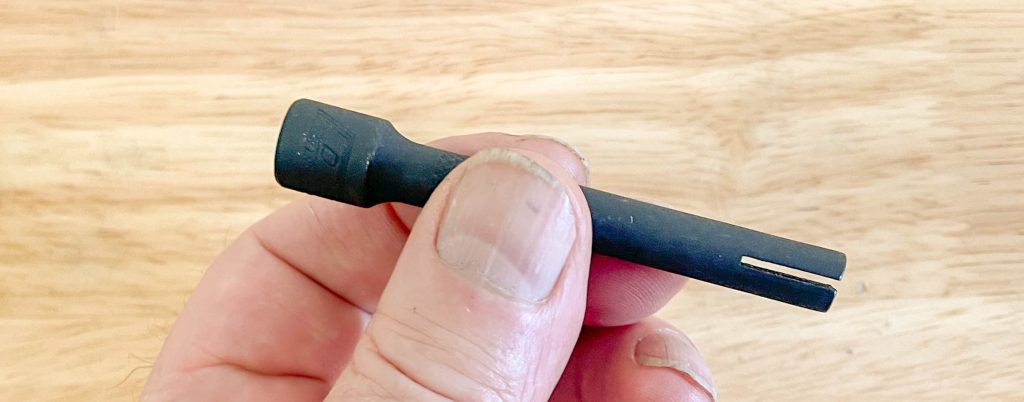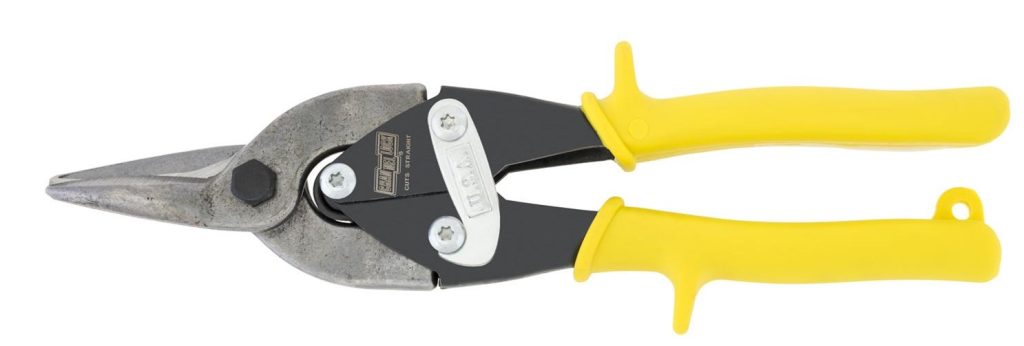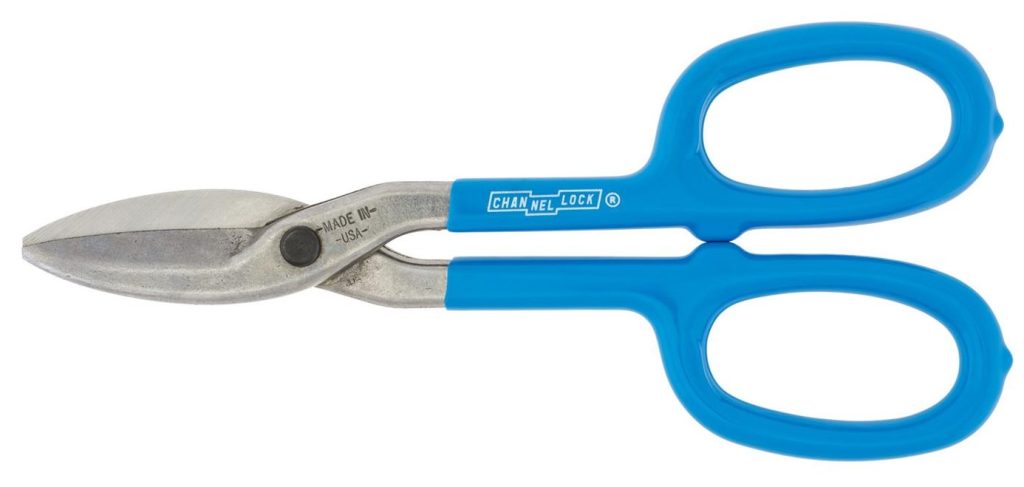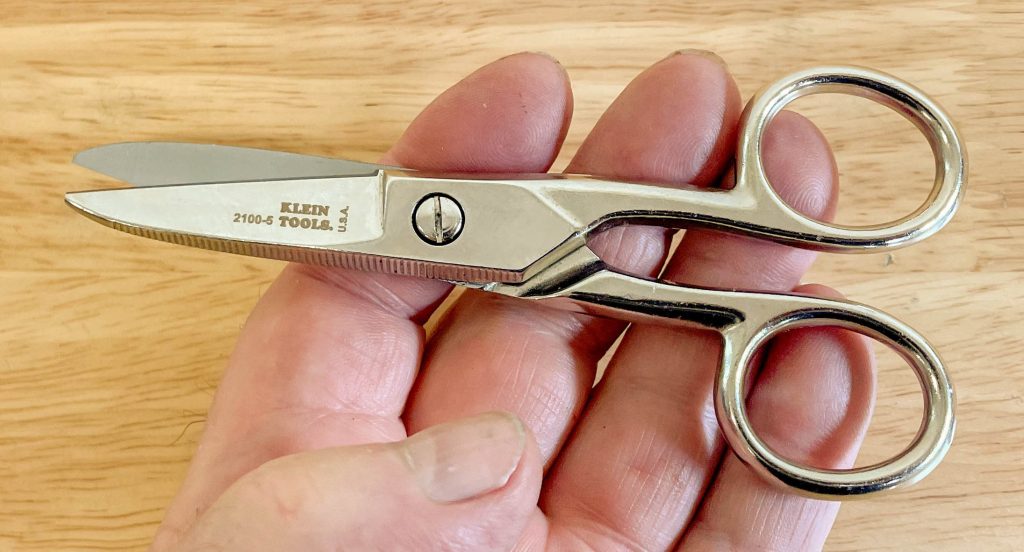In an earlier article, we showed you a number of ways to “beat the heat” for locations in your car that are adversely affected by temperatures generated by exhaust systems and other engine parts. Honestly there are a ton of options available when it comes to thermal barrier products, but you may quickly discover that you might not have the specialty tools on hand to work with some of the components.
We’re not talking exotic, expensive tools here, but rather simple hand tools that make the job far easier.
Zip Tie Wrap Fastener Tools
Case-in-point are the stainless steel zip ties commonly used to fasten header wrap. It is possible to tighten them by gripping the loose end and pulling on it. The dilemma here is it’s tough to hold the end of the tie tightly as you’re pulling on it. We’ve resorted to using lock grip pliers to grab it. But in most situations, that still won’t get it perfectly tight.

There is a solution, however: It’s a special little locking tie tool manufactured by Design Engineering. It can be used for all stainless steel ties, up to half an inch wide.
The loose end of the stainless steel tie is inserted into the slot of the tool. On the other end, you simply install a quarter inch ratchet or a nut drive. Tighten away! It works much like those keys found on some tin food cans—except it doesn’t break!
The tool is manufactured from hardened tool steel and is black oxide coated (considering how cheap it is, there’s really no reason not to have one in your toolbox).

Aviation Shears or Tin Snips
Straight aviation snips or tin snips also come in handy when slicing header wrap. The author has a set of Wiss snips on hand, but SummitRacing.com offers all sorts of similar examples in stock.

Like the DEI tool mentioned above, many of these snips aren’t very expensive. The compound action found on most of these snips makes cutting through thick header wrap a breeze. After all, most are designed to cut through cold rolled steel.

Another option is a set of single action Malco Products snips (Summit Racing part number MAL-MC14NRB). These snips have one feature that sets them apart from others and that’s the replaceable blades. Both the tool and the replacement blades are pretty affordable.

Channellock also offers straight cut snips. This example boasts a double action mechanism, which makes for easier cutting on thick materials. Channellock says its aviation snips can cut through material as thick as 18 gauge (steel) or 22 gauge (stainless).

Channellock manufactures tin snips for cutting tight corners as well. This one in particular is a single action tool and it can cut through material as thick as 20 gauge steel. They’re also perfect for working on exhaust wrap.

For more delicate work, you’ll need a set of scissors.
Klein Tools makes handy Electrician’s Scissors that are perfect for working on header wrap or other little jobs. They’re manufactured from tempered steel with a nickel plated finish. The tool isn’t very large—overall length is 5.25 inches long while the cutting is 1.875 inches. The outer edge of the scissors has a serrated surface for stripping wire.


We find that a spray bottle filled with water is handy to have when wrapping headers. We repurpose a used spray wax bottle, but you can also purchase a dedicated spray bottle too. A good example is this Chemical Guys dilution bottle. It’s a 16 ounce bottle and, since it’s clear, you know what’s inside.

***
As you can see, there’s an equally large range of inexpensive tools that can help you work your way through header wrap installation as well as other heat rejection product installs.
Best of all, they’re readily available and easy to use.

ZipTieWrapFastnerTool
Tin Shears are great to have on hand, unless you are a sheet metal specialist, probably not used very often, but when needed nothing really replaces them! Have had a pair of Large size for years! Works great for cutting Aluminum Fool wrapped Insulation.